It finally happened! In a world of "go big or go home," Magic Leap has finally done something other than tease us with vague promises and rendered video concepts. Although, other than actually showing us what the developer's kit will look like, it seems little more than a slightly different kind of a tease. To demystify this new product, we here at Next Reality decided to put together what we know about the hardware.
At this point, there are a number of various augmented and mixed reality head-mounted displays that exist. The highest profile of these, the Microsoft HoloLens, which was first revealed in early 2015 and released to developers in 2016, has generated a good deal of momentum among developers around the world.
But that momentum doesn't begin to touch the level of hype that Magic Leap has built in the last few years. Concept videos such as a whale splashing into a gymnasium floor and robots attacking an office have sparked massive interest. However, that interest was tempered by the controversy around a supposed demo video that was later revealed to be generated using special effects.
- Don't Miss: After Years of Mystery & Nearly $2 Billion Invested, Magic Leap Finally Reveals 'Creator Edition' Headset
Well, now that we have something "real" to examine. Let's take some time and unpack what we know.
Form Factor
The physical shape of a device is generally dictated either by building around standards, like in the world of desktop computers, or by the manufacturer's needs and goals.
In the case of AR head-mounted displays, the ultimate goal is to pack in as much processing power as one can into something that looks like a regular pair of glasses — a goal no one has quite reached at this point. Aside from the overall processing that is standard with any computer, such as general calculations and graphics processing, this includes more advanced processing related to the input and understanding of a large collection of advanced sensors, 3D depth sensors, RGB cameras, computer vision, and voice recognition.
Up to this point, we have seen a number of form factors ranging from the simple monocular device with a monochromatic display of the Sony SED-E1 to full-featured binocular headsets like the ODG R-8 and R-9 or the Microsoft HoloLens.
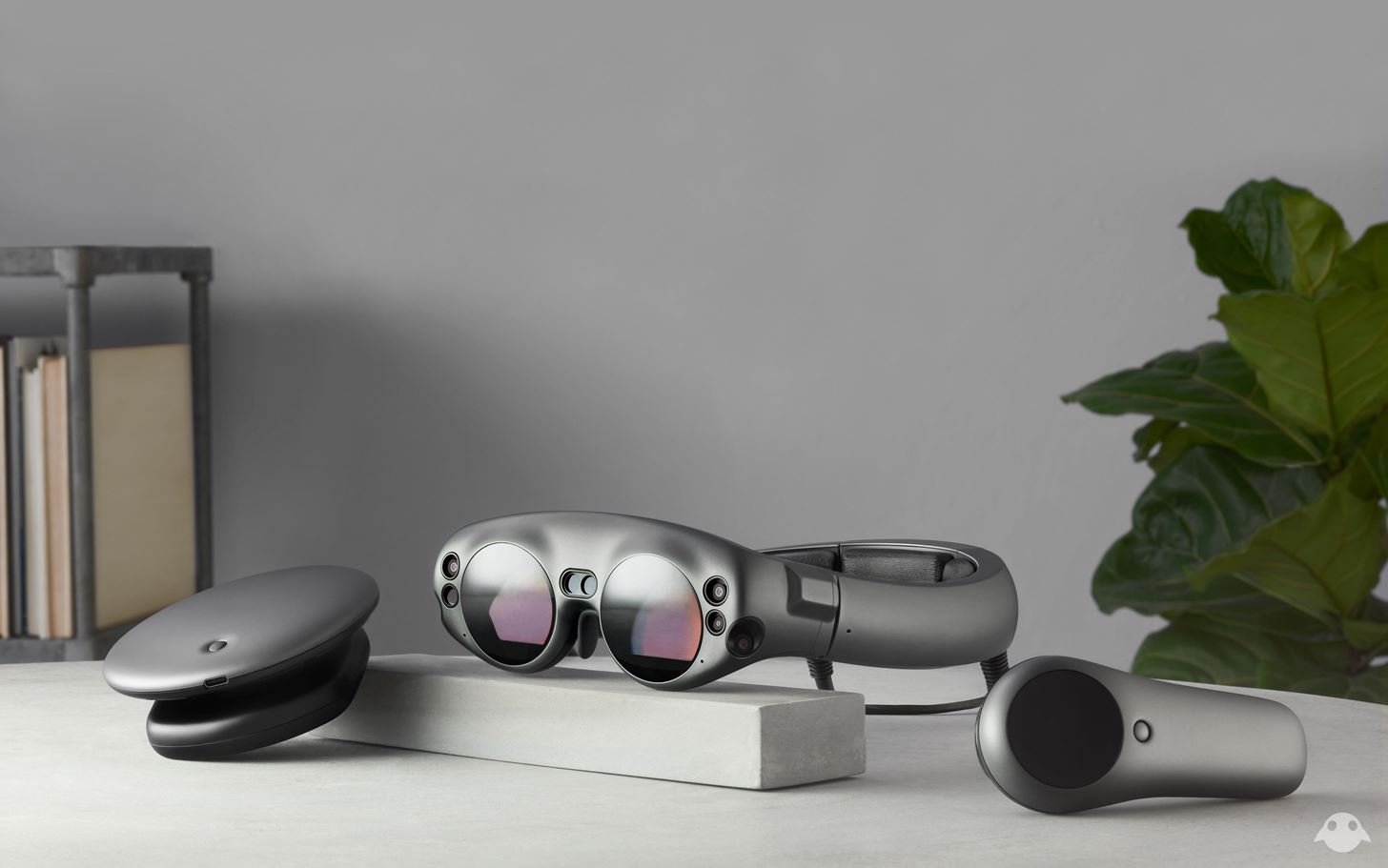
On the monocular end of the spectrum, and less so on the binocular end, these devices will often include external processing units connected to the device, which are generally the size of a smartphone or a wireless microphone bodypack. These are often kept in the user's pocket or attached to their belt. The devices typically contain the central processing unit (CPU) and/or the graphics processing unit (GPU), along with battery power.
In the case of the Magic Leap One: Creators Edition, they have made the design choice of using just such an external pack with the headset. Called a Lightpack, this device allows the headset itself to have a smaller form factor. This choice offers a few great options, as well as a notable inconvenience.
Positives:
- Lightweight headset: Without having to pack all the batteries and electronics into the headset, its weight can be reduced to allow for more comfortable use for longer lengths of time.
- More processing power: The faster the CPU and GPU, the more power it requires, and the more heat they'll give off. The heat from a faster laptop-grade CPU or GPU sitting near your face would be uncomfortable, require more (heavy) batteries, and would possibly require cooling. And it doesn't take much to imagine the disasters that would occur if the design included a cooling fan near people's hair. By putting these chips in a belt/pocket pack, you can safely include active cooling and pack in far more batteries to power them without worrying about the weight, all without meaningfully reducing mobility.
- Modular upgrades? From the images we've seen, it does not appear that the cord is detachable, but if it is, that could open up the possibility that the headset and the computer may be independently upgradable sometime further down the line. That said, I doubt this will be the case with version 1.
Negatives:
- Carrying a second smartphone: If you hate carrying around a smartphone and want to use a system like the Magic Leap One, you'll have to get over that hate. As for the rest of us, who long ago accepted our smartphone overlords, the question is: Would you be willing to carry around a second smartphone-sized device? At some point, these headsets will likely completely replace smartphones, and when that happens, this point will become moot. But we are likely a few generations of the technology — and a few cycles of Moore's Law — away from that happening.
Near-Eye Optics
Semi-spherical large combiners, non-polarizing near-eye birdbath optics, diffraction grating, solid beam splitters, flat waveguides, light fields ... the world of near-eye optics, at least for those without an engineering degree in optics, can be a bit confusing. And I want to avoid getting too deep into jargon-speak.
To understand near-eye optics on a basic level, first, think of a piece of tinted glass. Now imagine taking that glass and projecting your favorite movie onto it. Then rotate the glass at an angle so that you can see what is being projected onto the glass but can also see what is on the other side of the glass. The tinting in this overly simplified example would be what is known, in the world of optical devices, as a combiner, which is the heart of near-eye optics.
Various types of combiners exist, as do numerous ways to project the image to the combiner. Each component has pluses and minuses in terms of image quality, transparency, and field of view size.

Light fields are one of the newer and more experimental near-eye display options, and there's still a great deal of research being done in the area. Avegant began showing a device last January at CES using light fields, and the reactions to the quality of image rendering have been good.
To keep the explanation of light fields simple, aside from being small lightweight displays, light fields provide something that none of the other options out there currently offer: focus and depth of field. The resulting effect brings with it a more natural appearance when combining digital images with the real world.
It appears that Magic Leap's research team has done some of the heavy lifting in this field by designing a type of photonic wafer, which sounds like it's a structure of layered waveguides (internally, they've nicknamed this "Sea Monkeys").
That's Magic Leap's approach, at least until it can come up with something better.
We're not moving electrons around with transistors; we are moving photons, a photonic signal with a three-dimensional ray of nanostructures. We don't really have a name for them yet, so that is what I've been calling Sea Monkeys, but that is not a name we could use. I don't want the Sea Monkey people to get mad at us. So we're going to come up with a cool name for our structures.
Processing Power
With the goal being "to minimize weight on your head as much as possible," as Abovitz told Venture Beat, as previously noted, the majority of the processing power for the Magic Leap One is housed in a pocket computer that is attached to the headset via a wire (which doesn't appear to be removable).
As far as the processing architecture itself, the company appears to be purposefully obscuring that information. The only words in the marketing material on the subject that have any potential weight are "with the power and performance of a laptop." That passage specifically mentions a MacBook Pro or an Alienware PC as comparison devices in terms of power.
We know that the pocket attachment mentioned above houses the processing (and likely power source) and contains a CPU and GPU. There's a possibility that the Magic Leap One is using what is called a "system on a chip" or SoC, a single processor chip based on ARM architecture, like the Nvidia Tegra, that combines many functions needed for a mobile device such as the CPU and GPU.
With the HoloLens, we know Microsoft opted to use three separate processors, a CPU, GPU, and what the company calls the HPU, or Holographic Processing Unit. This third processor is designed to handle the sensor data from the array of sensors on the headset. For the next generation of the device, Microsoft announced an updated version of the HPU that will have machine learning capabilities.
And while Magic Leap is using a different form factor, it appears that its product development team liked this approach. In the same, aforementioned interview, Abovitz also mentioned that the headset contains its own processing power, offering "a real-time computer vision processor with some AI and machine learning."
Sensors
Taking a quick glance at the Magic Leap HMD, you can see a collection of various sensors. We can speculate that these are some combination of RGB cameras and IR depth cameras with different purposes. For some of these sensors, the purpose will be capturing images. Others will serve as a way for the headset to "see" the world around the user, and some will be used to capture gestures from the user.

Since this is a collection of sensors that's quite similar to the HoloLens, it's fair to say that this approach to mixed reality is not the first of its kind. That is, except on one major point: eye tracking.
Why does eye tracking matter?
For one, it can help improve the user interface by actively highlighting what you're actually looking at instead of forcing you to turn your head in order for the system to determine the point of your gaze. But it has some technical benefits too. High-quality graphics processing requires a massive amount of power. If you look at high-end gaming rigs and the power supplies they house, you'll begin to understand. Even playing a game on a laptop, you will notice the great amount of heat produced when you lift the laptop.
While still a research development technology on most fronts, the reason eye tracking is so important is that it allows a head-mounted computing interface to understand where the user is looking instead of having to render a highly detailed image for the whole scene. This dynamic, referred to as foveated rendering, only renders the details where the user is looking. Using this dynamic allows the device to render a lower detail image outside of the focal point, which, in turn, reduces the processing power needed. This type of pinpoint accuracy will contribute to both better overall performance from a device, as well as a better battery life.
Battery Life & Data Storage
In terms of storage, when talking to Rolling Stone about the external Lightpack, we know that Abovitz said, "It's got a powerful CPU and GPU. It's got a drive, Wi-Fi, all kinds of electronics, so it's like a computer folded up onto itself." This implies that the Lightpack does hold the system's storage. And while I'd argue that, from a certain standpoint, the headset itself should house the storage, this was the most likely place it would go.
On the subject of battery life, at this point, Abovitz immediately deflects the question. So we'll have to wait a bit longer for that information.
Nevertheless, after crunching all the available information, that's what we can discern about Magic Leap One's hardware. Of course, we still have some waiting to do, as Abovitz has avoided revealing any specific window of time in 2018 for the release of the headset.
What do you think? Does Magic Leap live up to the hype? Let us know in the comments below.
Just updated your iPhone? You'll find new features for Podcasts, News, Books, and TV, as well as important security improvements and fresh wallpapers. Find out what's new and changed on your iPhone with the iOS 17.5 update.







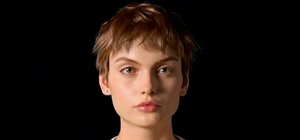



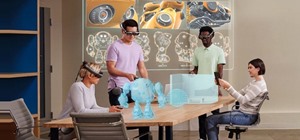
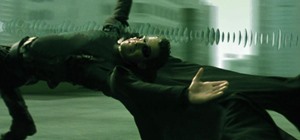
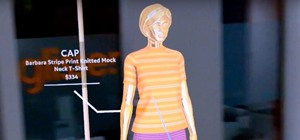
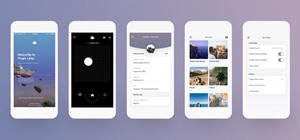

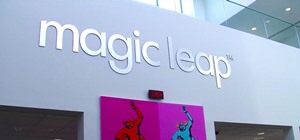


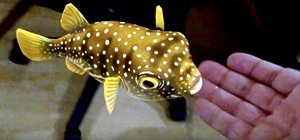


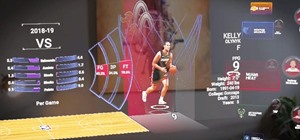

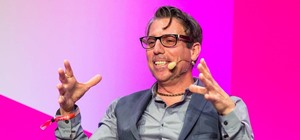
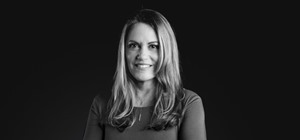
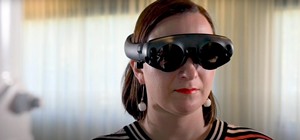





Be the First to Comment
Share Your Thoughts